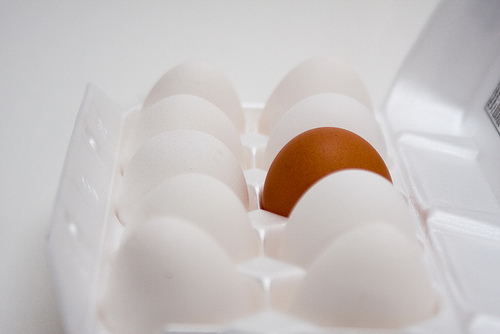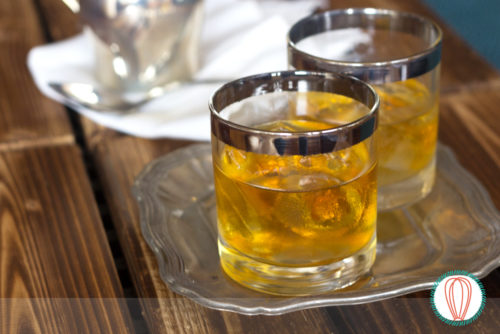
White vs. Brown Eggs
This post is also available in / Esta entrada también está disponible en ESPAÑOL (SPANISH)
Some people might say that the brown eggs are healthier than the white eggs… But that’s not entirely true. The egg color is determined by the breed of the hen. Breeds with white earlobes lay white eggs, while breeds with red earlobes lay brown eggs.
Usually, white-feathered hens lay white eggs and brown-feathered hens lay brown eggs. What does drive the demand for egg color is the consumer demand: Americans prefer their eggs white, which is why you’ll see row after row of white eggs at the supermarket. Europeans, however, favor brown eggs. What’s more important than egg color is freshness.
Kitty

The best way to tell if the eggs are fresh is to check the Best Before date on the carton gives an indication of freshness. A fresh egg, in its shell, will sink in water while an old egg will float. This happens because as the egg ages, it absorbs air through the pores in its shell. Moisture from the white evaporates and the inner shell membrane shrinks, causing the air cell to expand.
When an egg is cracked open, the yolk of a fresh egg will be round and will sit up high. The white will be thick and will closely surround the yolk. In an older egg, the yolk will be flat and will break easily, and the white will be thin and watery. Another way to quickly check for egg freshness, is to hold one up and shake it back and forth, if you feel the egg yolk going back and forth inside the egg shell, the egg is not fresh.
Eggs will keep for up to five weeks, but their quality declines with time. To enjoy the best flavor at home, use eggs that are less than a week old for baking, poaching, or frying. Eggs that are more than a week old are best for deviled eggs and hard-boiled eggs–shells peel easier off older eggs.
© 2010 – 2020, The Foodies’ Kitchen. All rights reserved | Todos los derechos reservados
This post is also available in / Esta entrada también está disponible en ESPAÑOL (SPANISH)



